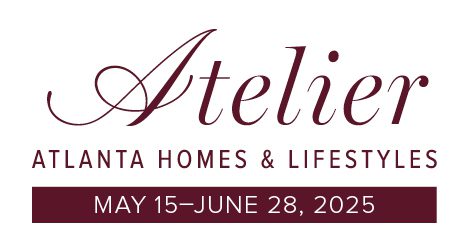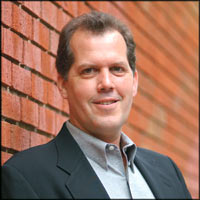Having it All – Without Taking it All
Residential architects and designers are at a crossroads. With increasing media coverage surrounding the impact of humans on the environment, how do we continue to offer our clients everything without taking everything in the process?
COMMON SENSE, LOST AND FOUND
In the past, good old common sense directed home design – just place the house on the site such that it takes advantage of natural light and ventilation. Then we got lazy and gave up on those good ideas, ideas that are incidentally just as beneficial to residential design today. Electricity, public water, air conditioning and heating made these site considerations irrelevant; we could completely control our environment… or could we? You can only abandon common sense for so long before it begins to catch up with you and necessitate change.
DEBUNKING THE MYTHS
Once limited to stark modern designs with utilitarian overtones, high-end sustainable homes are beginning to show up in many more traditional neighborhoods throughout our city. These projects, including the earth-friendly and luxurious EcoManor, are bringing much-needed publicity to the cause. Although these homes may initially cost more to build, they are setting the bar and serving as examples for others to follow. Sustainable homes will give back over time and create a positive contribution to our energy systems and to eco-education, while debunking the myth that sustainable design principles and resources are not relevant in traditional homes.
The increase in sustainable residential design is encouraging competition. Vendors and manufacturers of materials ranging from paint, flooring, textiles, appliances, ventilation, glazing, insulation and water conservation systems, are racing to enhance their green product offerings to an increasingly aware public. Increased options drive competition, which drives down prices and enables more homeowners to understand they do not have to give up anything to live ecologically well; in turn, they will make the decision to live better and smarter lives.
MAKING RESPONSIBLE DECISIONS
As designers, we are inspired by the influx of new technologies and developments in the integration of green systems because they allow us to advance the efficiency of homes at every size and price point. This is a galvanizing time in our history because we have an opportunity to serve as a credible example of green living to growing economies around the world. Yes, we will continue to make an impact on our natural and built environment, but this time it will be a positive impact. Isn’t that truly having it all?
Rick Hatch joined Harrison Design Associates in 1998 where he is a senior project manager and residential designer. The award-winning firm offers site planning, design, architectural interior design, construction administration and management. (404) 365-7760, harrisondesignassociates.com.
Glossary: Your Guide to Going Green
ENERGY STAR is a government program that offers businesses and consumers energy-efficient solutions, making it easy to save money while protecting the environment for future generations. More than 50 kinds of appliances, from furnaces to light bulbs, have met the strict guidelines that give them an Energy Star rating. Source: energystar.gov.
EARTHCRAFT is an Atlanta-based green building initiative that serves as a blueprint for healthy, comfortable homes that reduce utility bills and protect the environment. The organization grew out of a partnership between the Greater Atlanta Home Builders Association, Southface, and government and industry partners. Source: earthcrafthouse.org.
LEED stands for the Leadership in Energy and Environmental Design green building rating system. LEED is the nationally accepted benchmark for the design, construction and operation of high-performance green buildings. LEED promotes environmentalism by recognizing performance in five key areas: sustainable site development, water savings, energy efficiency, materials selection, and indoor environmental quality. Atlantaís EcoManor (ecomanor.com), a LEED-approved home, is one of the most environmentally progressive homes in the country. Source: usgbc.org.
SOUTHFACE is an Atlanta-based nonprofit promoting sustainable homes, workplaces and communities through education, research and advocacy. Technical assistance is offered to government agencies, nonprofits, utilities and the private sector on sustainable design and construction, energy policy and technology transfer issues. It promotes resource efficiency, indoor air quality, alternative transportation, land use planning, water conservation and more. Source: southface.org.
Architect Rick Hatch, senior project manager for Atlanta’s LEED-certified EcoManor








